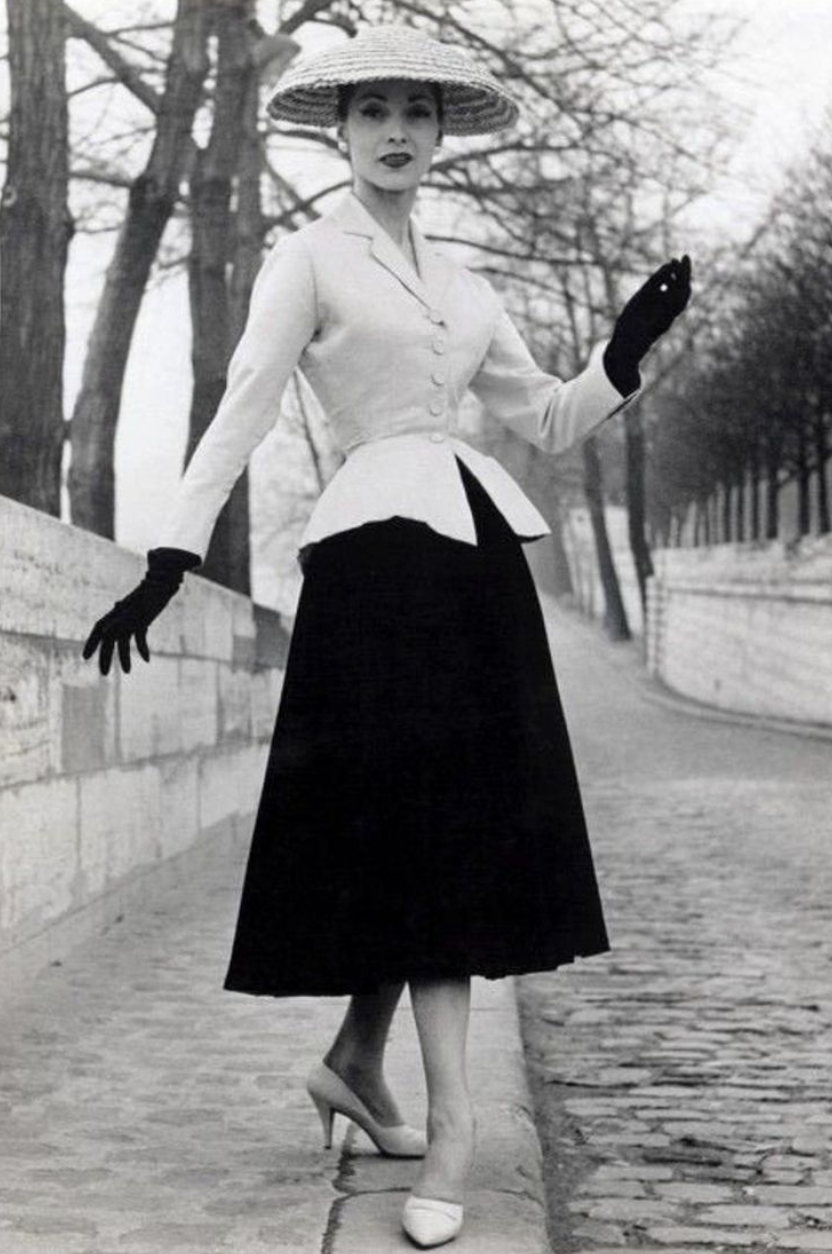The Invisible Art Of Framing The Body
In the ever-evolving world of fashion, there’s an art form that often goes unnoticed yet defines every silhouette, every photograph, and every outfit that makes us stop and stare: the art of framing the body. This concept transcends mere styling, it’s about balance, perception, and the visual language of proportion. From the drape of a jacket to the curve of a seam, framing determines how the body moves within its clothes and how the eye moves around it. In today’s fashion landscape—where digital imagery reigns supreme and the body is endlessly reinterpreted through screens—understanding how clothing frames the figure is more crucial than ever.
Structure & Proportion
The architectural foundation of style. Throughout fashion history, designers have used structure to manipulate the body’s visual form: think of Christian Dior’s revolutionary “New Look” in 1947, with its cinched waist and voluminous skirt, redefining femininity through shape. Today, that same principle reemerges through modern tailoring—boxy blazers, sculpted corsetry, and wide-leg trousers that elongate the frame. Proportion becomes a statement: oversized silhouettes lend power, while tailored pieces restore precision. In both historical and contemporary fashion, framing is the silent dialogue between what’s shown and what’s suggested.
Movement & Composition
How clothes respond to the body in motion. In photography and street style alike, the frame doesn’t exist in isolation; it’s dynamic. Designers like Issey Miyake and Rick Owens have long played with this tension, crafting garments that shift as the wearer walks, transforming stillness into story. In today’s world of social media and video content, movement itself becomes the frame, an editorial moment in real time. Stylists and creators understand that the perfect frame isn’t just captured; it’s choreographed.
Identity & Perception
The way clothing communicates who we are and how we wish to be seen. Historically, silhouettes have been tools of cultural power: from the restrictive corsets of the 18th century to the liberated lines of 1990s minimalism. In current fashion, we see a return to modular dressing; layering, asymmetry, and adjustable silhouettes that adapt to the body rather than confine it. Framing becomes self-curation: an invisible art of self-definition that sits at the intersection of design and psychology.
Ultimately, the invisible art of framing the body is what separates dressing from styling and styling from storytelling. It’s the detail behind confidence, the reason certain looks feel cinematic while others fade into the background. Whether in a museum archive or a TikTok reel, the mastery of framing continues to evolve with each generation, reminding us that fashion isn’t only about what we wear, but how it’s seen. The frame, after all, is where the art begins.
Christian Dior’s 1947 “New Look” debuted after World War II, redefining femininity with its cinched waist, rounded shoulders, and full skirt. A dramatic contrast to the boxy wartime silhouettes that preceded it. The collection celebrated luxury and excess, restoring a sense of romance and opulence to fashion during a period of austerity. Its influence was immediate and global, cementing Dior’s legacy and reshaping the postwar fashion industry around elegance, structure, and the idealized hourglass form.
Written By: Jacy Morris
Owner & Lead Stylist At Fitted By Jacy
